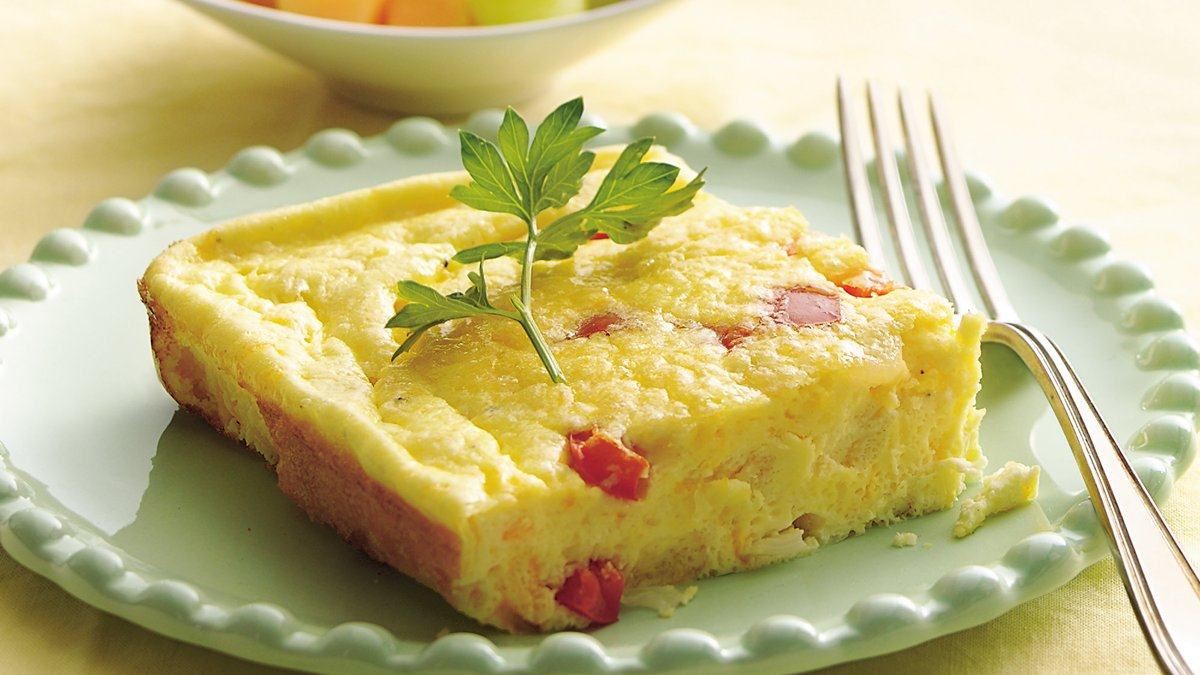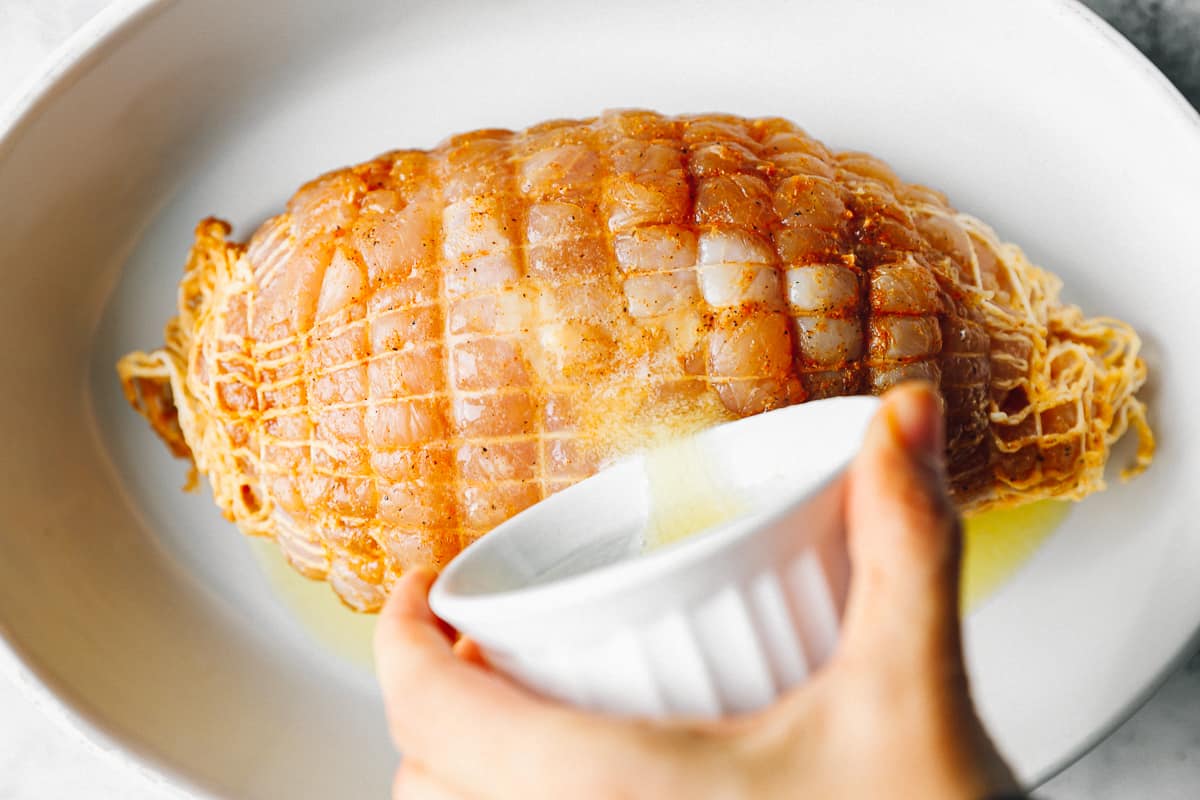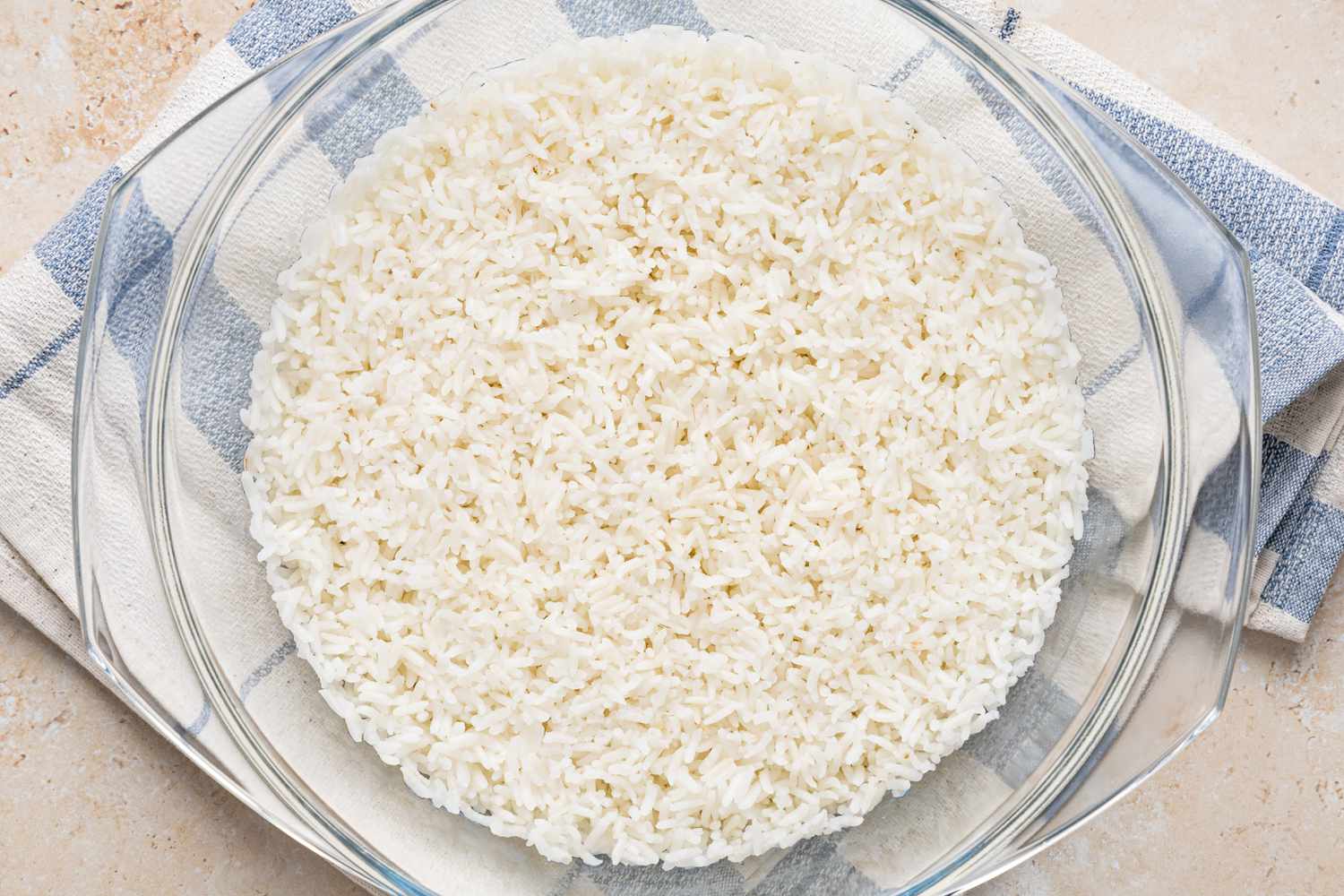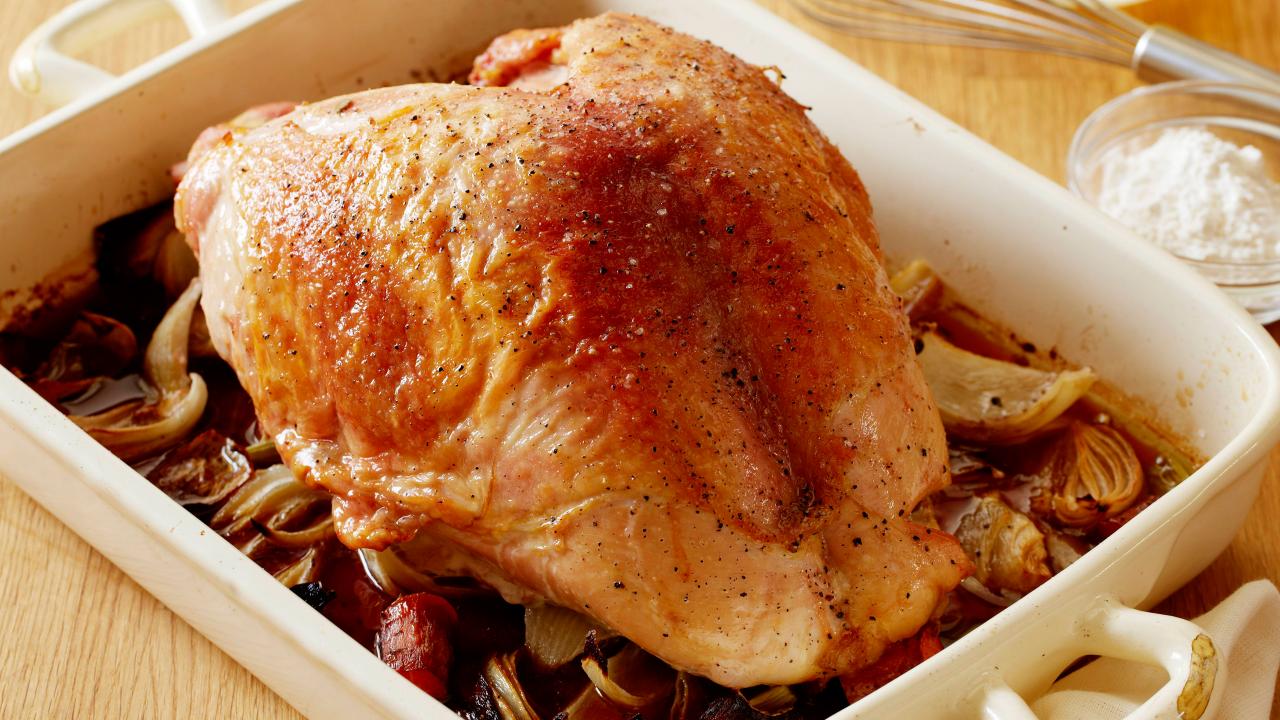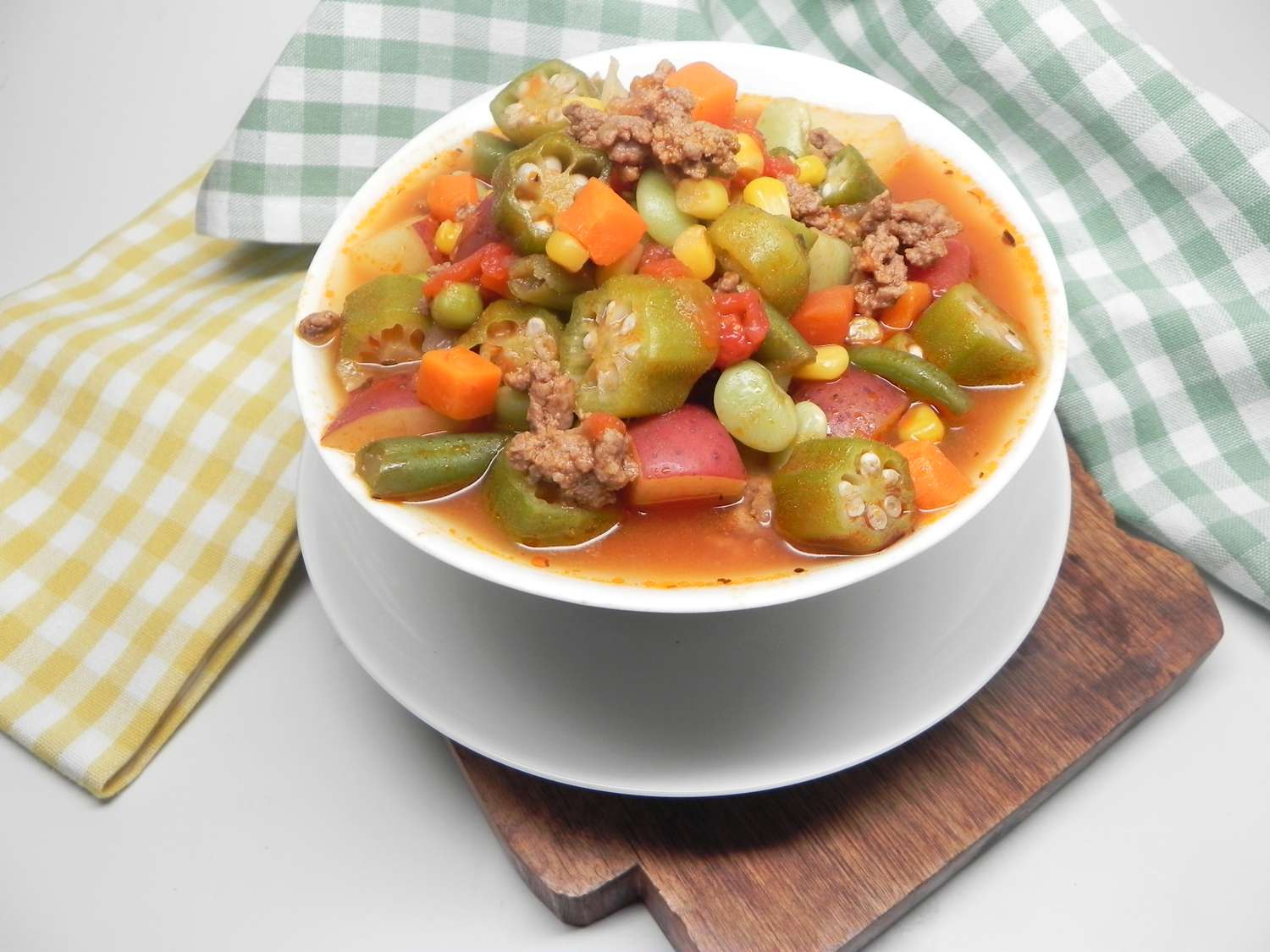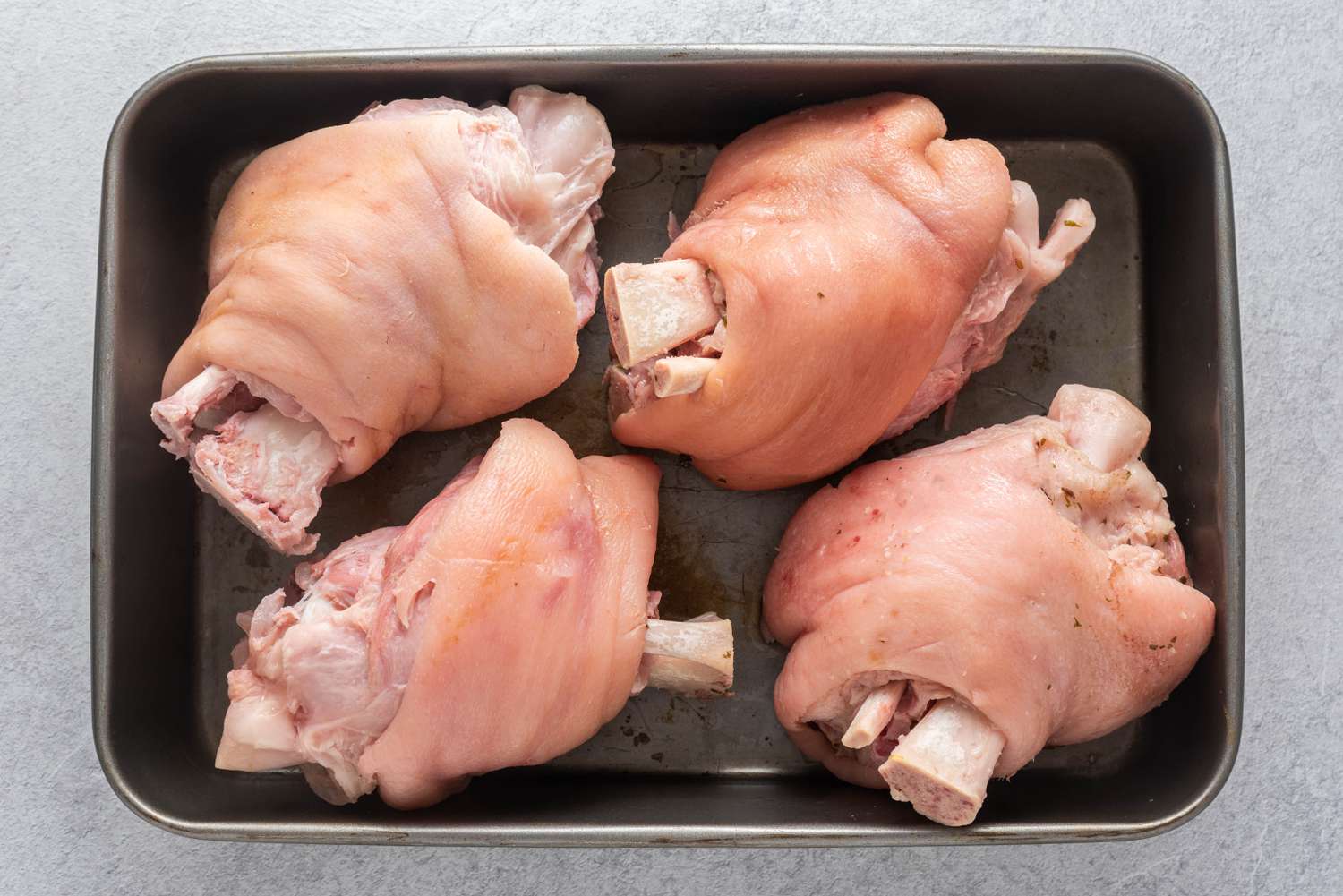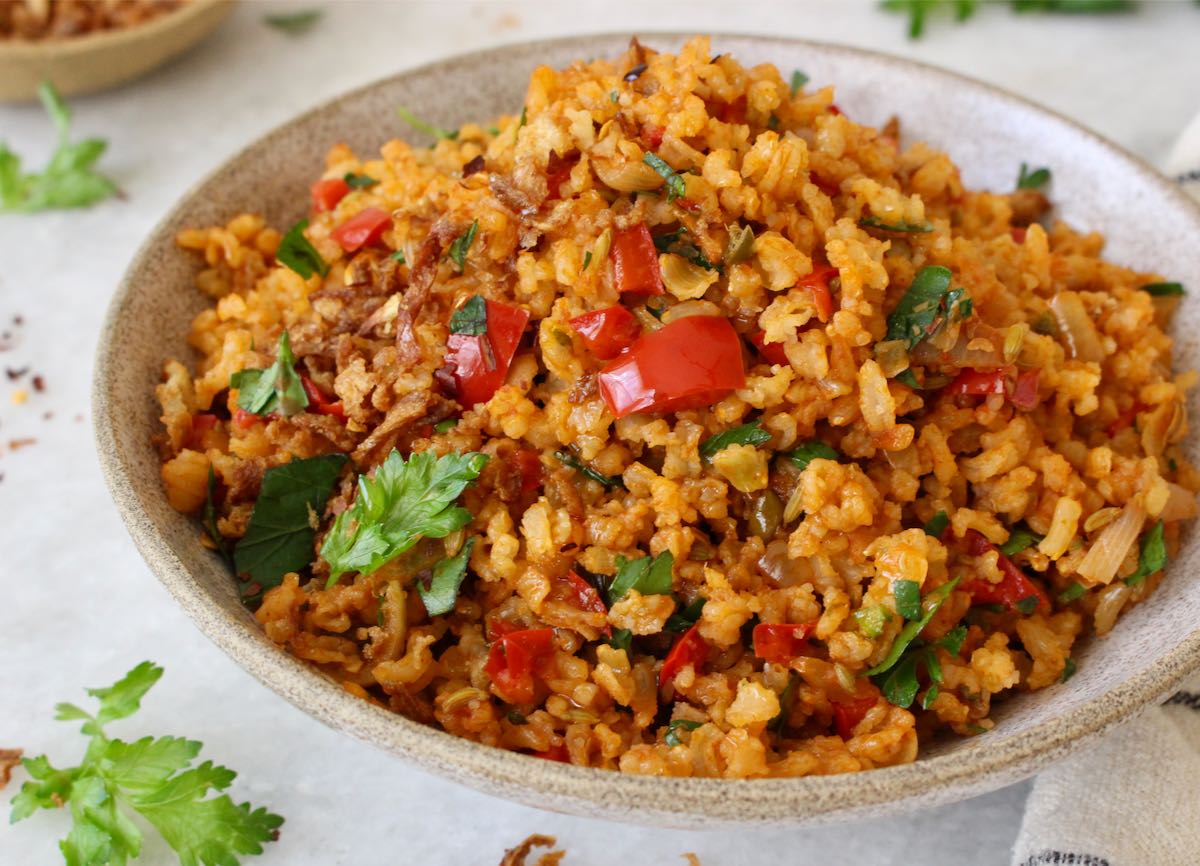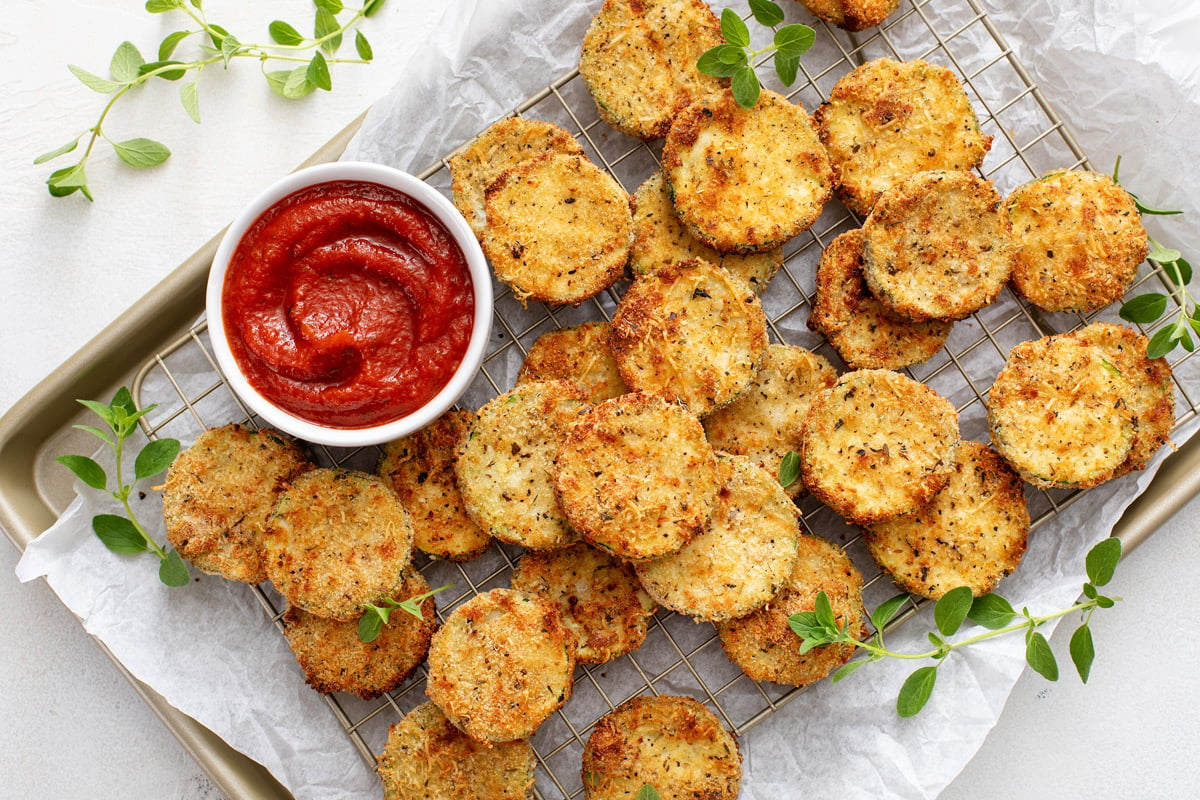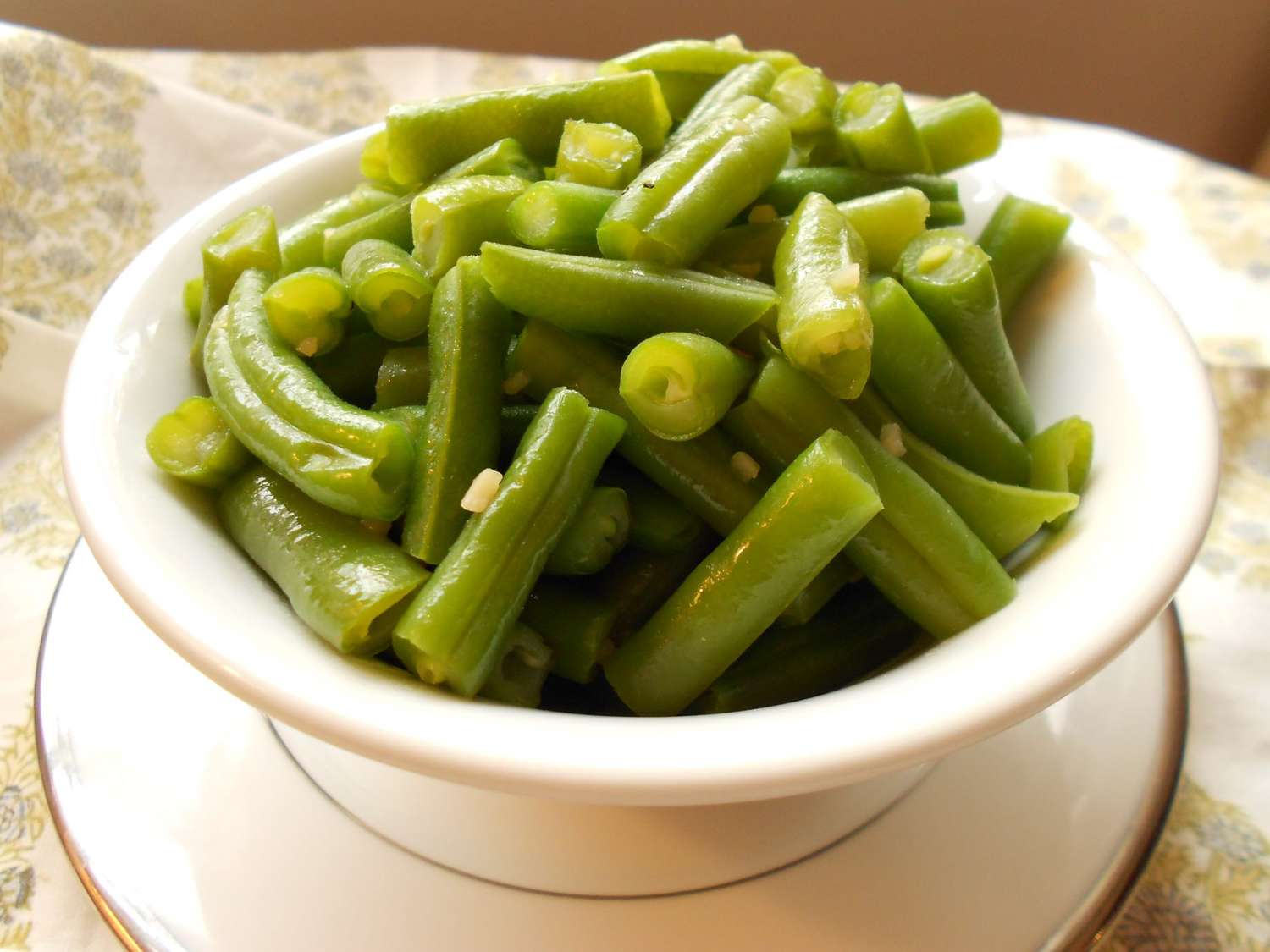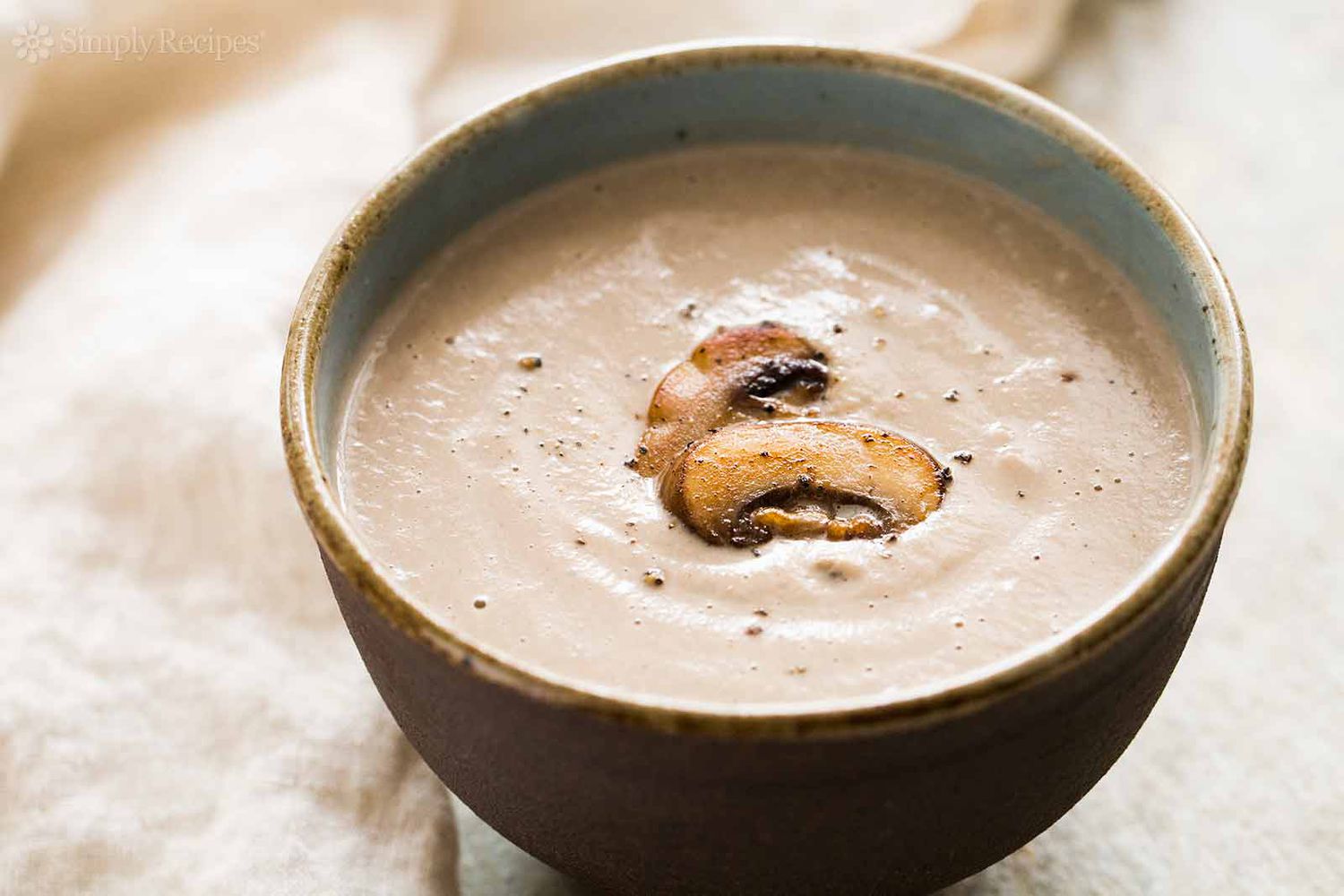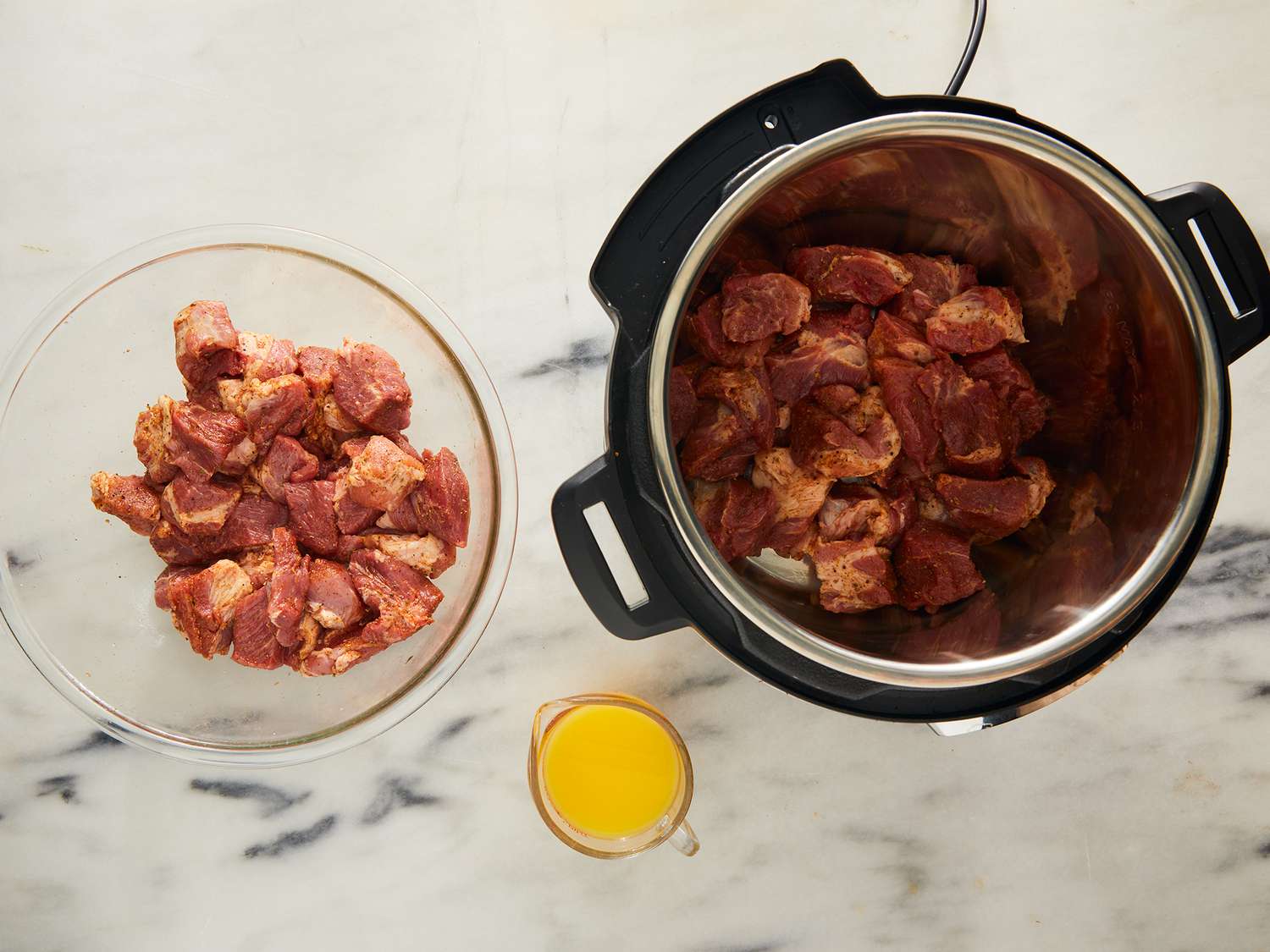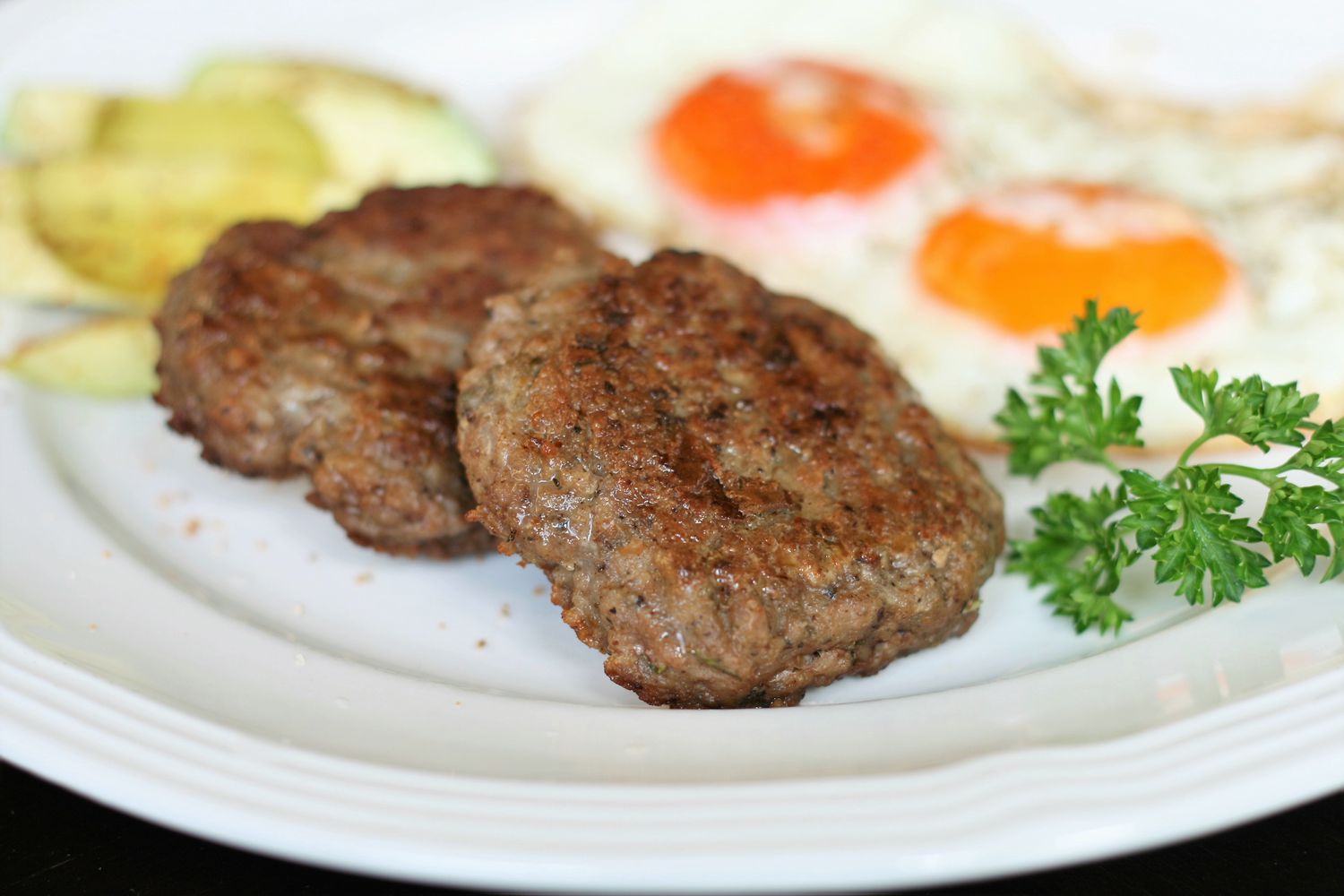Mastering the Art of St. Louis Spare Ribs
Are you ready to elevate your grilling game? Look no further than the mouthwatering delight that is St. Louis spare ribs. With their succulent meat and perfect balance of flavors, they are sure to impress your guests and leave them asking for seconds. In this guide, we will take you through the step-by-step process of cooking St. Louis spare ribs, helping you become a true barbecue aficionado.
1. Choose Your Ribs Wisely
The first step in creating the perfect St. Louis spare ribs is selecting high-quality cuts of meat. Look for ribs that have a good amount of marbling and are well-trimmed. The St. Louis cut refers to spare ribs with the rib tips removed, resulting in a rectangular shape that cooks evenly and makes for a visually appealing presentation.
2. Preparing the Ribs
Before you start cooking, you’ll want to prepare the ribs to ensure maximum flavor infusion. Start by removing the membrane from the bone side of the ribs. This can be done by loosening the membrane with a knife and then pulling it off with a paper towel for better grip. Removing the membrane allows the seasonings and smoke to penetrate the meat, resulting in tender and flavorful ribs.
3. Seasoning with Love
The key to delicious St. Louis spare ribs is the right combination of seasoning. Create your own dry rub using a variety of spices such as paprika, brown sugar, salt, black pepper, garlic powder, onion powder, and smoked paprika. Generously coat both sides of the ribs with the dry rub and pat it gently to ensure it adheres to the meat. Let the seasoned ribs sit for at least 30 minutes to allow the flavors to meld together.
4. The Low and Slow Cooking Method
When it comes to cooking St. Louis spare ribs, patience is the name of the game. Set up your grill or smoker for indirect heat and maintain a temperature of around 225°F (107°C). This low and slow cooking method ensures that the meat becomes tender and full of smoky goodness. Place the seasoned ribs on the grill, bone side down, and let them cook for approximately 3-4 hours. Remember to add a handful of soaked wood chips or chunks to the fire to infuse the ribs with smoky flavor.
5. The Magic of Barbecue Sauce
About 30 minutes before the ribs are done, it’s time to apply barbecue sauce. Gently brush your favorite sauce on both sides of the ribs and let it caramelize over the heat. Be careful not to slather on too much sauce as it can overpower the flavors of the ribs. Allow the ribs to cook for an additional 30 minutes, or until the sauce has become sticky and slightly charred.
6. Resting and Serving
Once the ribs are done cooking, resist the temptation to dig in right away. Resting the meat is essential to allow the juices to redistribute, resulting in tender and juicy St. Louis spare ribs. Wrap the cooked ribs in aluminum foil and let them rest for about 10-15 minutes before slicing them into individual portions. Serve the ribs with your favorite side dishes, such as coleslaw, cornbread, or baked beans, to complete the ultimate barbecue feast.
Now that you know the secrets to cooking St. Louis spare ribs, it’s time to fire up the grill and showcase your culinary skills. Remember, each cook may have their own variation, so don’t be afraid to experiment and make the recipe your own. Happy grilling and bon appétit!
Was this page helpful?
Read Next: How To Cook Ground Deer Meat On Stove
